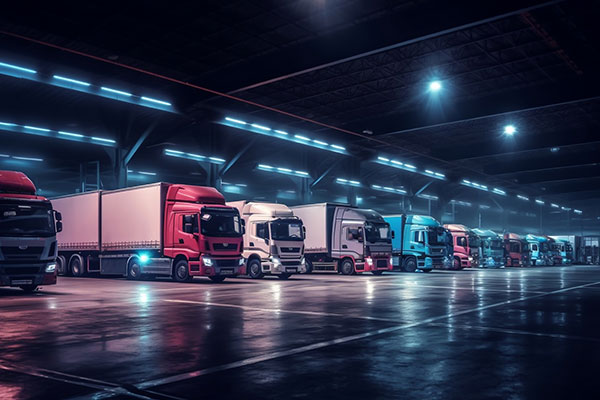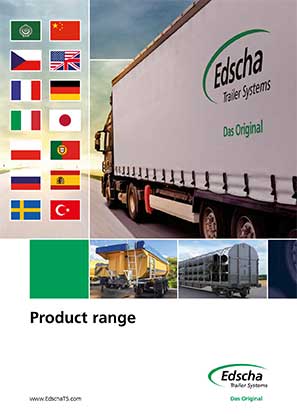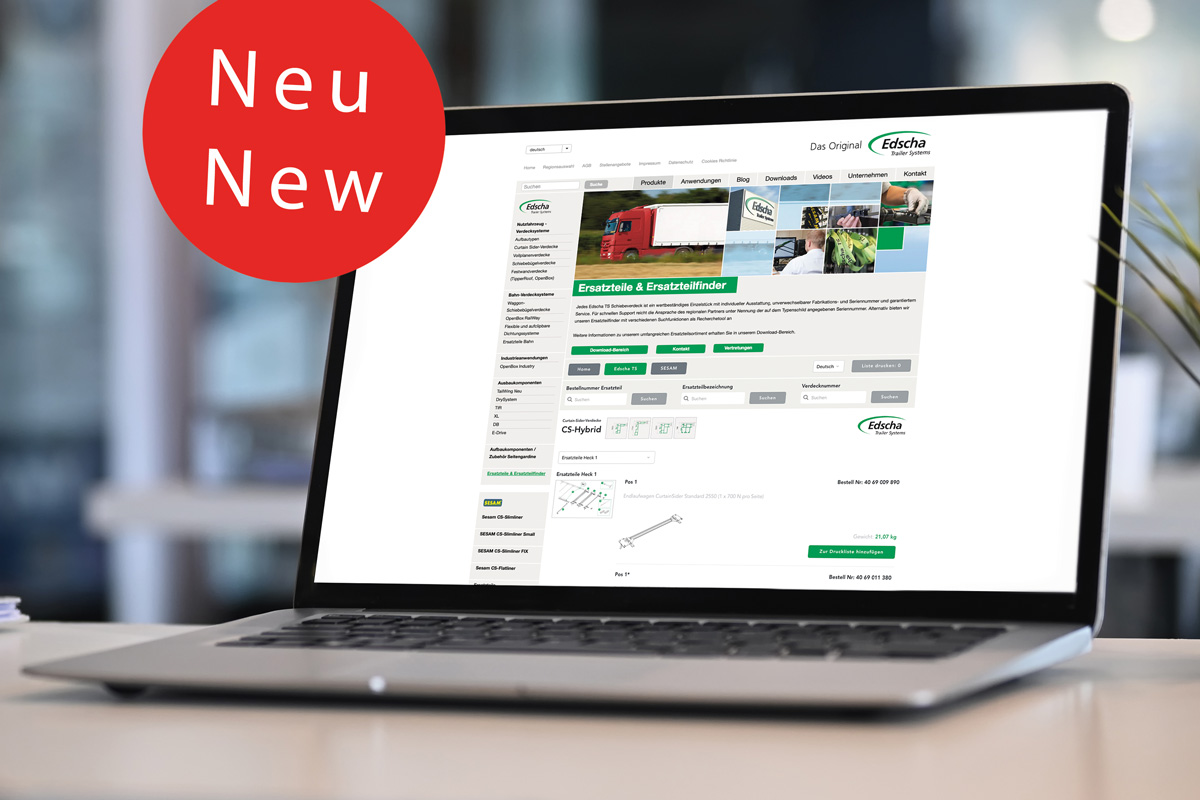Managing supply chains
As a rule, most "tours" are not simply scheduled from A to B. Today, they are part of complicated cross-border delivery networks, which similarly run according to the "just in time principle". Everything is in "flow" worldwide, so to speak: the procurement of raw materials, the manufacture of products, right through to distribution. By the way, the actual logistics area is only one part of a supply chain that focuses on the storage of products, their transport and distribution. How smoothly and easily this all works depends on the interaction of many factors. New laws, for example, lead to changes in the process. And goes as far as problems or the failure of trucks due to, for example, a lack of maintenance of certain components on the vehicle. A defect in just one small cog can throw the "overall construction" into turmoil.

Optimizing supply chains
Care and responsibility are among the basic requirements for a supply chain. The entire process simply has to be perfectly coordinated and optimally managed. "Your own store must be right and function perfectly" to ensure the necessary security for all supply projects to be handled in the company. What is needed above all is close coordination of all those involved in a supply chain and constant monitoring of the most important components. It is primarily a matter of optimizing common goals on the basis of the supply chain.
Target-oriented plans
Many different things can have an influence on the functionality of a supply chain. This also applies to superficially robust subareas, such as the vehicle fleet or the existing hoods of the respective trucks. Depending on the product, additional storage space must be planned. Also an office, in which everyone likes to work, should be present. It should also be checked whether the IT system meets the requirements. The computer must be able to exchange data that affects everyone via interfaces. A smooth, coordinated flow of data is absolutely essential for fast processes within the supply chain.
Maintenance and service
Not to be forgotten are the service and maintenance intervals prescribed by the vehicle manufacturers - and not only. By the way, these should also be carried out regularly on truck hoods. We offer special information material on this on our website. And if something should really be defective, you can use the spare parts finder on our site to search for replacement parts.
New laws
German legislation has also addressed the supply chain issue in a variety of ways to date. For example, since January 1, 2023, there has been the Supply Chain Sourcing Obligations Act (LkSG). The Act initially applies to companies based in Germany with more than 3,000 employees. From 2024, it will then also apply to companies with more than 1,000 employees. The new law obliges companies with headquarters or branches in Germany to observe, implement and, if necessary, punish human rights due diligence obligations within their global supply chains.However, small and medium-sized enterprises are also indirectly affected by the new regulations as suppliers. The due diligence obligations required by the law range from risk analysis, preventive measures and the establishment of a complaints mechanism to the regular publication of an annual report. This is no easy task, especially for SMEs without the appropriate resources or expertise.
Occupational safety helps
Mention should also be made here of the German Occupational Health and Safety Act, which was introduced in 1996 with the so-called "risk assessment". For the first time, the focus was on an "assessment of the working conditions" and not primarily on an assessment of the employees. In addition, for some years now, hazards resulting from "the design of work and production processes, work sequences and their interaction" and "inadequate qualification and instruction of employees" have also had to be assessed alongside classic types of hazard such as "physical, chemical and biological effects". Since 2013, possible mental stresses have also had to be assessed. Last but not least the respective employers' liability insurance associations also have an influence on supply chains.
Looking forward
A perfectly functioning supply chain not only ensures the smooth running of production processes, but also their economic efficiency. It ensures the sensible use of important resources and their planned deployment. It also enables greater sustainability.






